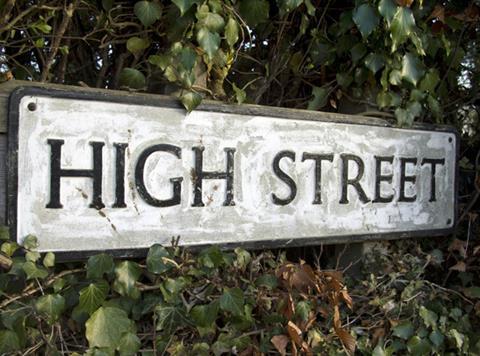
Some seriously mixed messages emerged today about confidence in the retail property sector, and with them comes the growing threat of a new divide in the industry.
Sadly, these include yet more dire warnings about the state of our high street, following recent profit scares from a string of household names.
With the sight of empty BHS stores, like retail ghosts on so many high streets, a living reminder of how the shift to online shopping has dismantled business models, this month’s appeal by House of Fraser, for property owners to lower rents, is a remarkable call, seemingly representing a plaintive cry from an entire sector.
It follows problems for a raft of retailers: Debenhams, Mothercare, and Carpetright are among those to issue profit warnings after poor trading, while Marks & Spencer is yet another iconic name on the list of retailers in the mire.
Today a report by major lending platform Lendy reveals the number of planning applications for high street stores was down an incredible 55% in 2017 compared with 2008.
In contrast, the Office for National Statistics reports a continued boom in online sales, which it said accounted for 18% of all retail in December, alongside a year-on-year increase of 9.4% in total online retailing.
Many online operators are flying, with Amazon alone buying enough warehouse space in 2017 to house the Vatican City, according to a report by Savills last month.
Understandably, bricks & mortar retailers, as well as politicians, it seems, have been looking around for someone to blame.
The Treasury Select Committee has called on the government to tackle the issue of business rates, which it said were “damaging the competitiveness of shops on the high street”.
“The government should address the property taxation imbalance between businesses on the high street compared with those based on major out-of-town or edge-of town retail parks, and online businesses,” it said.
Online competition
Former Sainsbury’s FD John Rogers, newly appointed boss of Argos, has waded into the argument saying: “It is no surprise the profit warnings tended to be from those companies that predominantly have a high street presence, because they are paying a cost to their business that’s not borne by most of their online competition.”
This is, of course, the territory that organisations such as the BRC, as Rogers will know only too well given his role in that organisation, have feared to tread in the past. All effort thus far to find a replacement for the business rates system has ended in abject failure.
Retailers, including those in food & drink, know they have to think carefully before turning their fire on an online model, especially when so many have feet firmly in both camps.
And while the high street shows alarming signs of slowly dying on its feet, things are looking up when it comes to the sector elsewhere.
According to the influential Colliers International Supermarket Investment Review, also out today, UK institutions doubled their year-on-year investment into supermarket property in 2017, as confidence rose in the performance of the sector.
The amount of money from institutional investment in supermarket property rose from £216m in 2016 to £482m last year – an incredible 123% increase, with the report suggesting investors that had been scared off due to the woes of the big supermarkets were now “emphatically back in the game”.
So what are we to take out of such a confusing picture? Perhaps one lesson is how important it is to avoid a reopening of the damaging rift between supermarkets and the high street that was once such an unpleasant feature of the food & drink industry. It is now in real danger of being extended to a three-way battle taking in those whose business models are on the internet.
When former high street tsar Mary Portas, whose report has sadly done little in the long run to solve the fundamental problems facing retailers, brought out her findings in 2011, it was amid a tangible climate of “them and us”, with high street operators blaming the supermarkets for their demise.
Now, with the supermarkets seemingly back on the ascendancy, there is a temptation once again for looking at who is to carry the can, rather than what should be done.
The fact is, a dying high street does nobody any good, not even Amazon. The government, retailers and, crucially, property owners, need to start consulting fast about finding ways to save it. Before it is too late.








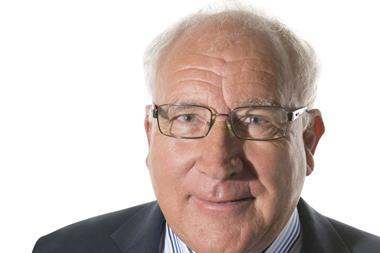

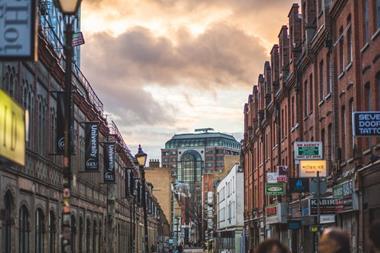

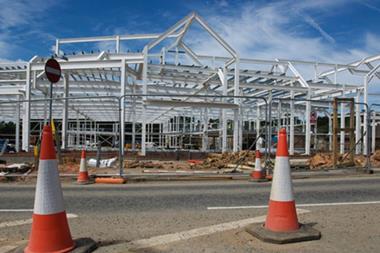

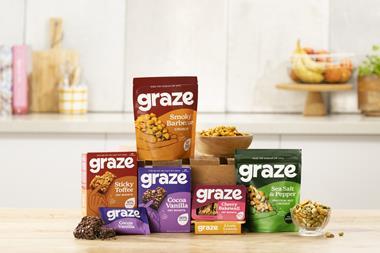
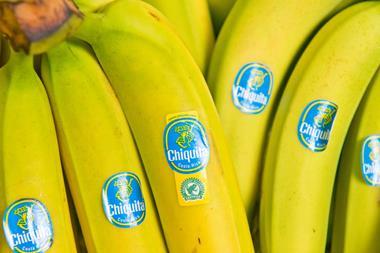
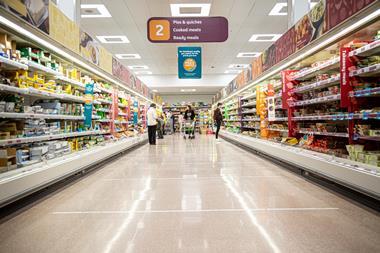
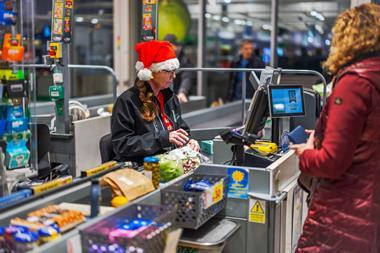
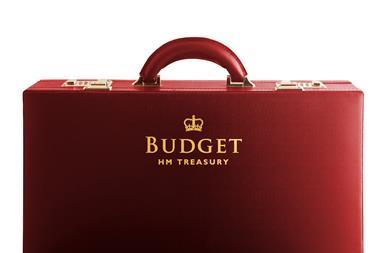
No comments yet